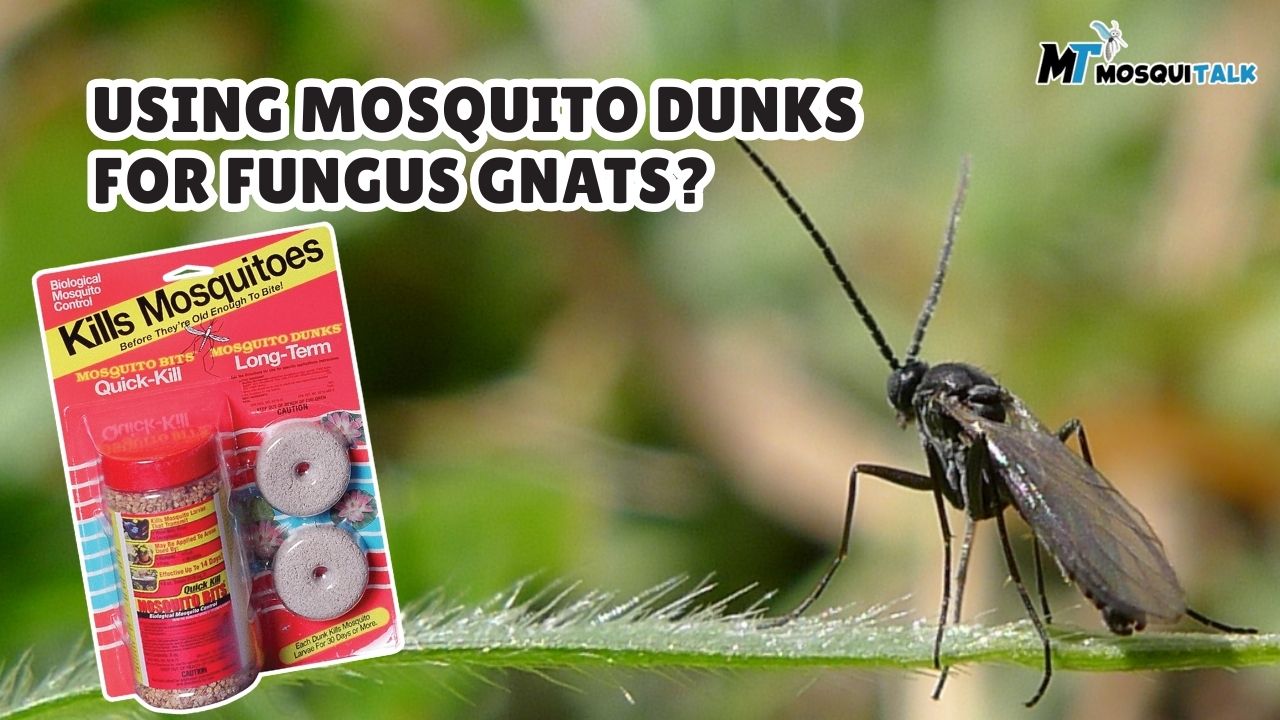Introduction
Among several ailments that can plague indoor plants is a group of gnats called fungus gnats. These insects tend to proliferate in damp and over-fertilized soils. They resemble small mosquitoes and have the potential to inflict serious damage to a plant’s roots, stunting the growth and even deteriorating the health of the plant. After establishing that fungus gnats are undeniably an important indoor plant pest, a solution needs to be established.
Mosquito dunks act as a great alternative as they are both eco-friendly and effective at treating and preventing the gnat infestation. The following article will further explain how to use mosquito dunks for controlling fungus gnats while going over the life cycle of the gnat, the methods of application and additional measures to be taken for prevention.
Understanding Fungus Gnats
Life Cycle of Fungus Gnats
Fungus gnats, unlike other insects, are unique in the sense that they develop through complete metamorphosis, starting off as an egg then developing into a larva, pupa and finally an adult. The female fungus gnat places its eggs on the moist soil to aid the hatching larvae in feeding on the fungi and organic matter of the soil and even the roots of the plants. Such eating habits can lead to innumerable weaknesses in the plants alongside other diseases.
Under ideal growing conditions, they can complete their life cycle within a minimum span of 17 days which means it would be prudent to act early if an infestation is detected.
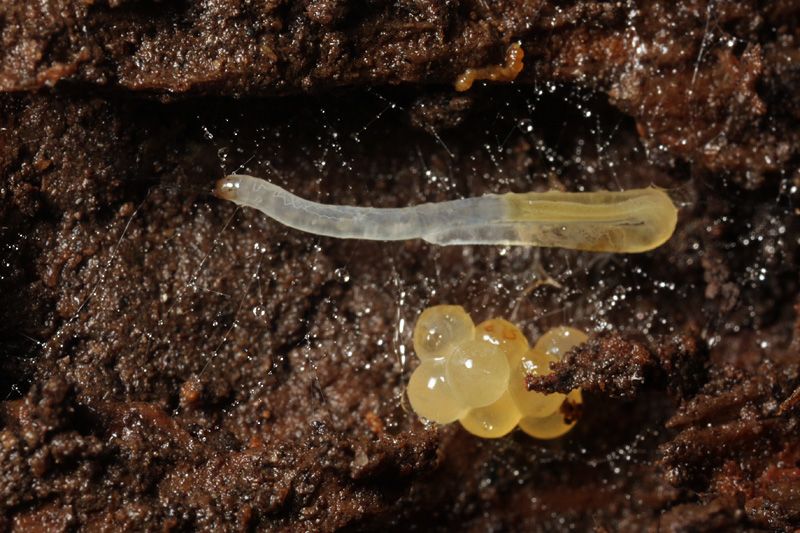
Image Credit: Flickr by Kim Fleming
Recognizing Fungus Gnats
Fungus gnats’ estimated size is 1/8 inch in length taking into account their long legs and long antennae. They are often depicted as flying gregariously around the plants or at times just fun hover over the surface of the soil. Indications include the presence of miniature black flies surrounding your plants or larvae found buried in the soil, signal an infestation.
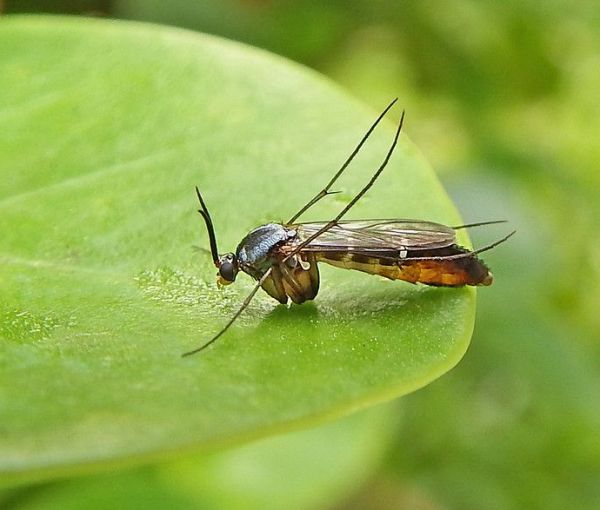
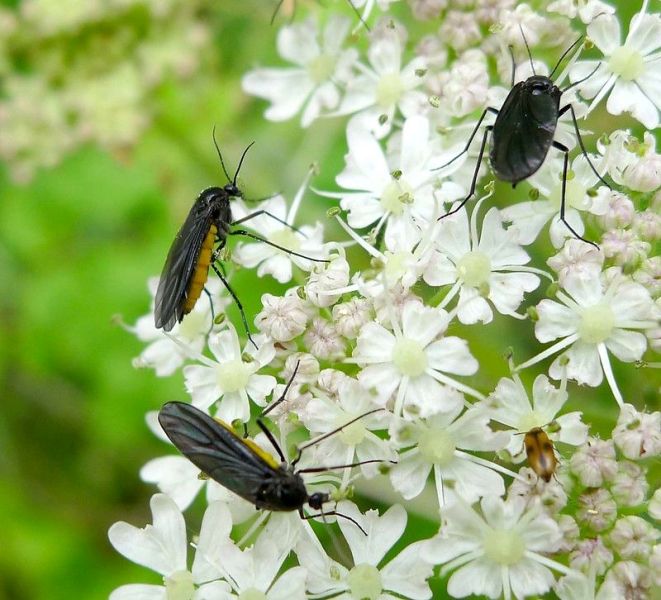
What are Mosquito Dunks?
On the other hand, more environmentally favorable methods of controlling pests exist, including Mosquito dunks that contain Bacillus Thuringiensis Israelensis (BTI), a bacterium found in nature that is especially efficient against gnat larvae. Mosquito dunks are types of biological control products that target gnat larvae which makes it a good product for gardeners who prefer not to use chemicals.
The use of Mosquito Dunks against Fungus Gnats
Step 1: Preparing
- Get Mosquito Dunks: You can get these products from garden shops or through internet sales. A solid. donut shape is the usual presentation of these products.
- Break the Dunks: Depending on the size of plant containers you have, the dunks should be broken into smaller pieces. A full dunk will treat a surface area of around 100 square feet of water, smaller pieces can be used to treat individual pots.
Step 2: Application Methods
There are mainly two approaches for the application of mosquito dunk. These include direct soil application and creating a “mozzie tea”.
Method A: Direct Soil Application
- Insert into Soil: Cut the discs into pieces and put it for the affected plants. The intention is to target the gnat larvae as the BTI gets slowly released into the soil.
- Monitor Progress: Make sure you constantly check your plants and regularly change the dunks after 30 days or so or until you observe any noticeable decrease in gnat population.
Method B: Creating “Mozzie Tea”
- Soak in Water: For a more diluted approach, take a piece (about a quarter) of a dunk and soak it in one gallon of water overnight. This enables the BTI to penetrate the water with ease.
- Water Your Plants: Most likely, you will use this water in the same way as you would moisten your plants. That way, the BTI is spread all over the soil, and is effective more disbanded approach targeting the larvae.
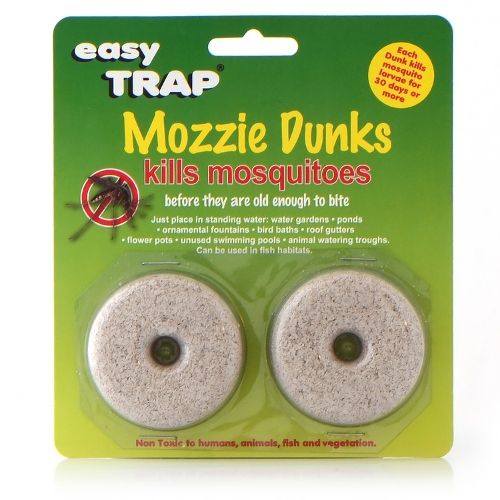
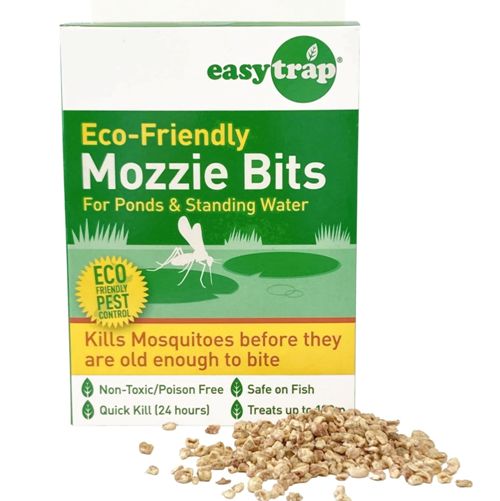
Step 3: Frequency of Application
The mosquito dunk or mozzie tea should be applied until all infested areas have been treated which depending on the situation could take up to a month as under optimal conditions the adult gnat can produce up to 200 eggs at once so monitoring is indeed important.
Additional Measures against Fungus Gnats
While using mosquito dunks to eliminate fungus gnats is good practice on its own, there are additional means to supplement and enhance results.
Install Sticky Traps
Sticky traps work well in conjunction with mosquito dunks because they eliminate adult g ants before they breathe:
- Buy Sticky Traps: Look for sticky traps that are yellow in color as this encourages gnat attraction.
- Placement: These should be placed around the plants or slightly above the soil.
- Regular Checks: If the traps are full of gnats it means they have served their purpose and should be disposed of.
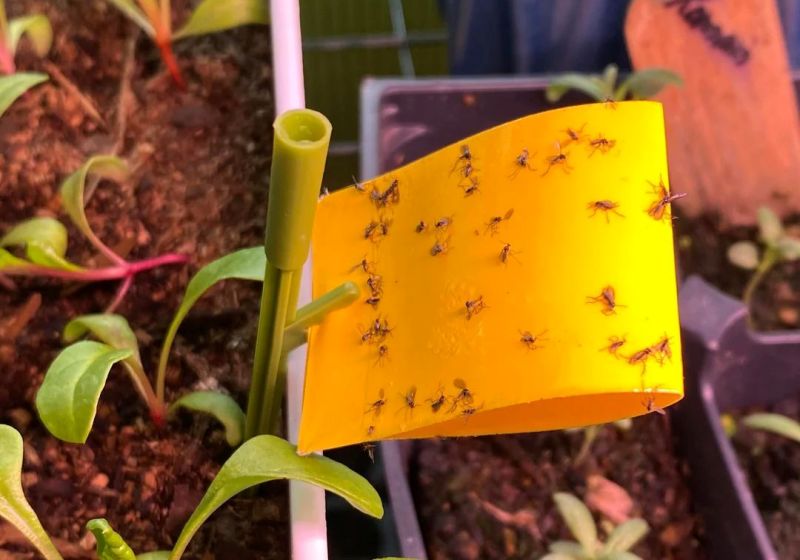
Do Not Overwater Plants
To ensure maximum protection from fungus gnats, you need to keep their environment dry, therefore:
- Avoid Overwatering: When watering ensure that the top layer of soil is dry or is allowed to dry out.
- Use Well-Draining Soil: Do ensure that any potting mix used for potting allows proper water drainage.
New Plants Should be Kept Apart
Before adding new plants to the current indoor garden:
- How Long Should New Plants Be Isolated For: Ideally they should remain isolated for three weeks to inspect for any pests or fully grown larvae.
- Use Caution: Care and caution should be exercised and appropriate measures are ensured to avoid getting fungus gnats. Inspect any new plants that are to be moved to the garden, for fungus gnats.
📰 Must Read,
✔️ How to Use Mosquito Bits for Potted Plants?
✔️ Are Mosquito Dunks Safe for Dogs?
Conclusion
Mosquito Dunks are an efficient and eco-friendly way to control gnat populations on indoor plants. If applied in conjunction with both the understanding of their life cycle and preventative measures like sticky traps and the correct amount of water, it is possible for you to create an environment free of gnats for your cherished plants.
A consistent application along with monitoring is essential for effective pest control management. However, with patience and determination, one can effectively eliminate fungus gnats from their indoor garden space. Happy gardening!
Frequently Asked Questions (FAQs)
How often should I replace the mosquito dunks in my plant pots?
The schedule for changing your mosquito dunks in plant pots is after every 30 days – this is to ensure the controlling agent which is the Bacillus thuringiensis israelensis (BTI) is still potent. Mosquito dunks should only be changed once they have completely been dissolved or lost their potency after 30 days or so. However, some users opt to supplement a new dunk while still throwing away the previous one, whereas other users prefer leaving the dunk in their watering pots for the entire month, only changing it if it ceases to work.
Can I use mosquito dunks on all types of indoor plants?
All kinds of indoor plants are safe with the use of mosquito dunks. This is because they contain BTI, a natural bacterium that only destroys mosquito and fungus gnat larva but does not destroy plants or beneficial insects. For this reason, they can be used on many houseplants such as vegetables and even ornamentals. Even so, it is more comfortable to follow the directions given by the manufacturer in order to prevent having problems.
Are there any side effects of using mosquito dunks on plants?
Mosquito dunks are classified as non injurious to plants since their composition excludes toxic fertilizers or pesticides, and instead, bacteria which can be useful are deposited into the soil. This process inhibits the growth of microorganisms whose presence would be detrimental to the plant. There are no negative complications that arise while doing this, but care must be taken not to combine them with hydrogen peroxide without the proper delay because hydrogen peroxide will kill BTI bacteria.
Can mosquito dunks be used to prevent fungus gnats before they appear?
That is correct, mosquito dunks can be utilized in a more proactive manner to deal with a potential infestation of fungus gnats. When put into the soil of plants on a regular basis, BTI is introduced into the environment which will function effectively to control any larvae hatching from eggs deposited by adult gnats.
This control measure is most effective when used together with good cultural practices such as allowing the soil to dry out after watering and introducing sticky traps to capture the adult gnats.
What is the best way to prepare “mozzie tea” for my plants?
If you are using Mozzie bits, combine 4 tablespoons with 4.5 liters of lukewarm water and allow the BTI to settle for a minimum of 30 minutes. If you are going for a dunk, split it up into quarters and let it soak into 4 liters of warm water overnight. After that, take out the grains or dunk and mix them, and use that to water your plants like you always do. This process is amazing as it ensures that gnat larvae are targeted while ensuring that your plants have the water that they need by applying BTI directly to the soil.
How do I know if the fungus gnats are completely eradicated?
To find out whether fungus gnats have been eliminated in their entirety, keep an eye on your plants for any signs of adult gnat activity such as flying adult gnats or spotting gnat larvae within the soil. A drastic drop in the population of adult gnat over the course of a few weeks is an indicator of a success.
Similarly, you could also take potato slices and use them to monitor the gnat larvae populations by burying them a few inches deep in soil, if after a few hours the potato slices come back coated in gnat larvae it is a phenomenon known as gnat infestation. Coupled with the continued application of ‘mozzie tea’ or mosquito dunks, the potato slices will help ensure that any gnat larvae present at the time are killed.
Are there any natural alternatives to mosquito dunks for controlling fungus gnats?
There are many organic substitutes for mosquito dunks used in the gnat larvae control. Firstly, chamomile tea tea is a natural fungicide that inhibits the food supply of gnat larvae and is also an option. cinnamon on the other hand is a common household item that can be sprinkled on soil with the aim of preventing the gnat from flying about.
Also, raw potato slices can be buried in the soil since the gnat is attracted to them and will cling to them for a couple of hours. Such methods alongside dunks and other measures can be used for effective pest management as they are comprehensive approaches.
How do sticky traps work to trap fungus gnats?
Sticky traps operate based on how adult fungus gnats are attracted to the yellow color of a gnat trap and are glued on the sticky surface of the gnat trap. It is essential to put such traps near the infested plants or above the soil surface since otherwise, they do more help than harm by laying eggs inside the soil. Switching out the traps on a regular basis helps because as the new adults surface, these traps capture them.
So, when sticky traps are used in conjunction with method such as mosquito dunk, the gnat control is maximally enhanced.

